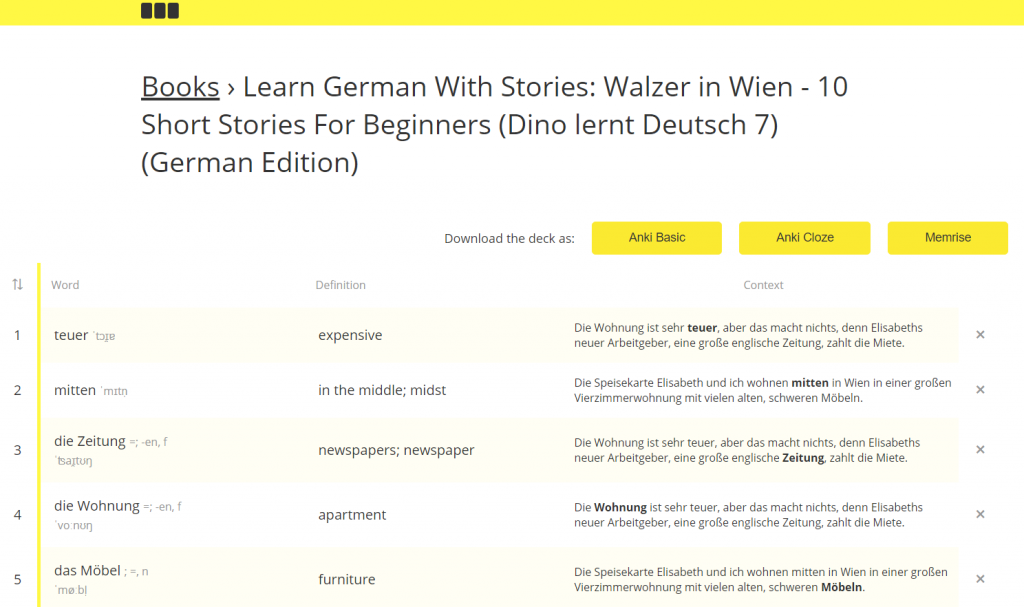
The Vocabulary Builder on Kindle Paperwhite (and Oasis, Voyager) is a powerful feature for language learners if used right. It collects all the words that you look up, including their definition and context. You can then use a rudimentary flashcard system and group them into “learning” and “mastered”. However, for serious spaced repetition practice, the Kindle Vocabulary Builder lacks certain fine-grained controls.
Wouldn’t it be cool if you could just convert your Kindle vocabulary to ANKI or Memrise flashcard format?
Well, you can, thanks to this amazing free service called “Fluentcards”.
Here’s how it works:
1. Collecting Words On Your Vocabulary List
The Kindle vocabulary builder will add any word you look up (long press on it) to you vocabulary list. By default, if you look up English words in an English text it will save the corresponding entry from the English-English dictionary. So, if you’re reading a foreign-language book and want to get, let’s say, German-English vocabulary lists, make sure to select the correct dictionary in your settings.
Settings > Language & Dictionaries > Dictionaries
There you can select which default dictionary you’d like to use for each language. In the following example, I’ve selected the Collins Concise German-English dictionary.
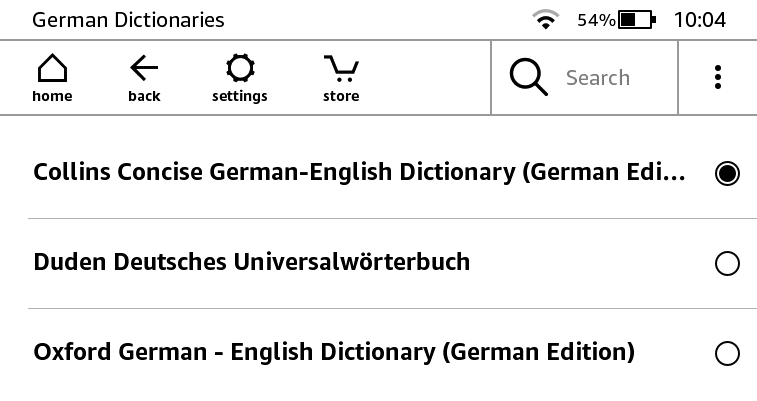
Now that you’ve selected your default dictionary for this language, open your favorite German short story or novel and start looking up words.
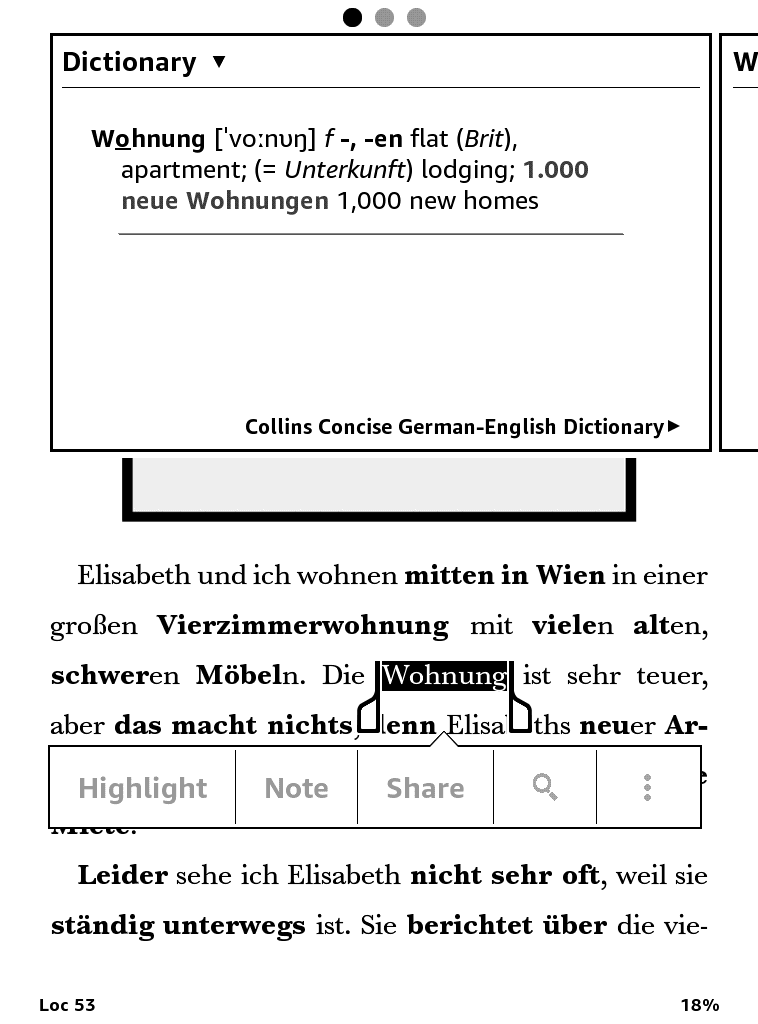
2. Exporting Your Vocabulary File
Once you’ve gone through the whole book, story or chapter, we need to get the Kindle vocabulary file onto a computer. To do this, hook your Kindle Paperwhite up to your Mac or Windows machine, open the corresponding disk drive and search for the vocab.db file.
Here’s how it looks on Windows:
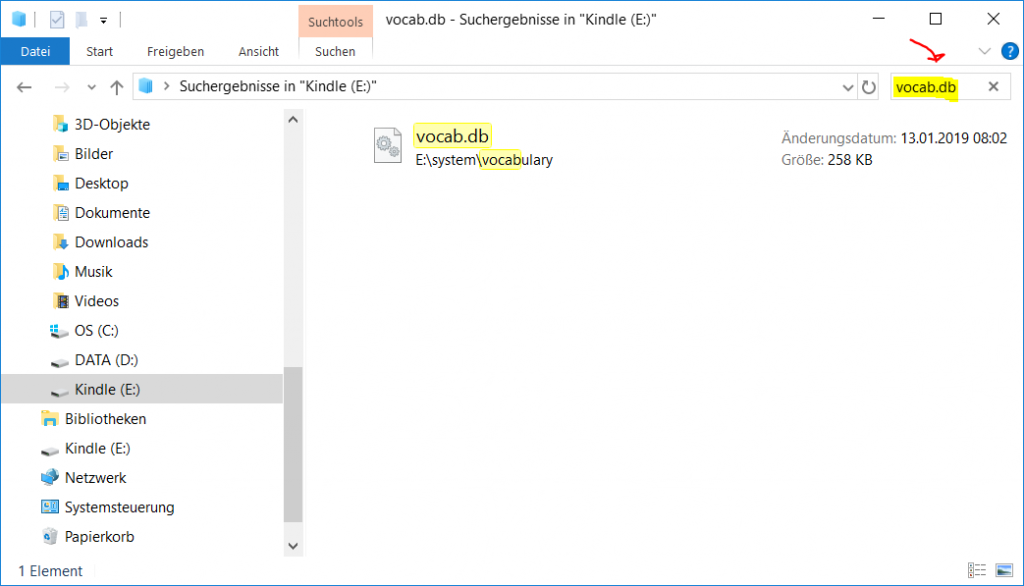
If you don’t find the file, you may have to change your settings to show hidden files and folders.
For Mac users, you’ll see something like this:
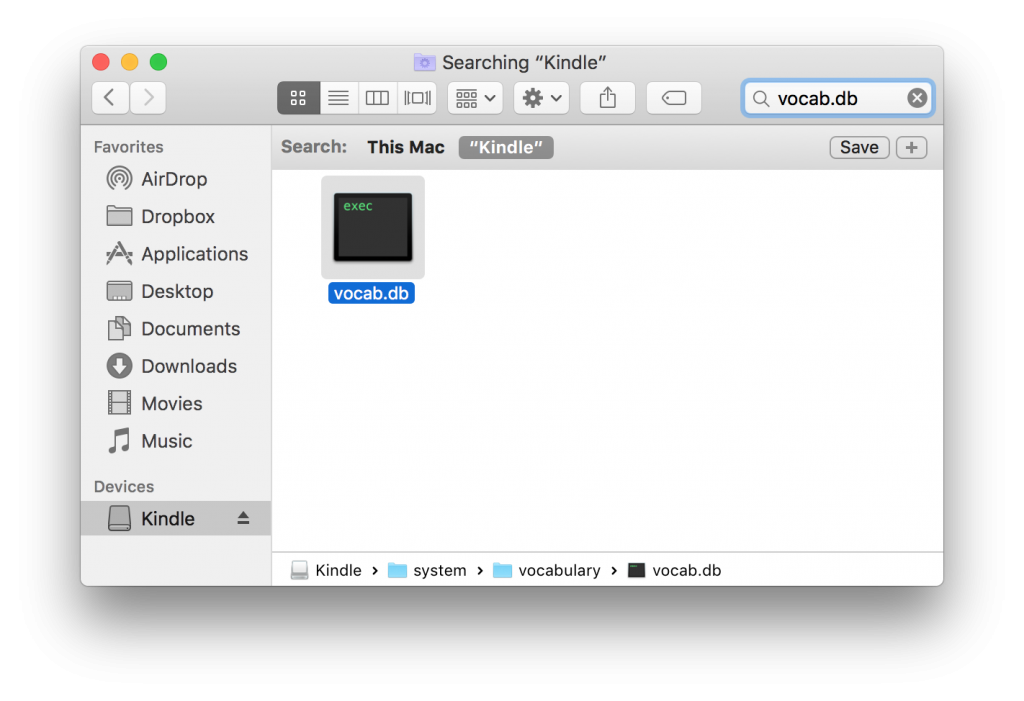
If you can’t see the file, you may have to enable hidden files and folders like this.
3. Converting Your Vocabulary List To ANKI or Memrise
Once you’ve copied the vocab.db file to your computer, go to fluentcards.com/kindle and upload your word list there. Fluentcards will show you a nice gallery of all your books and the words you looked up in each of them. In our example you can see that I’ve looked up 5 words in “Walzer in Wien”:
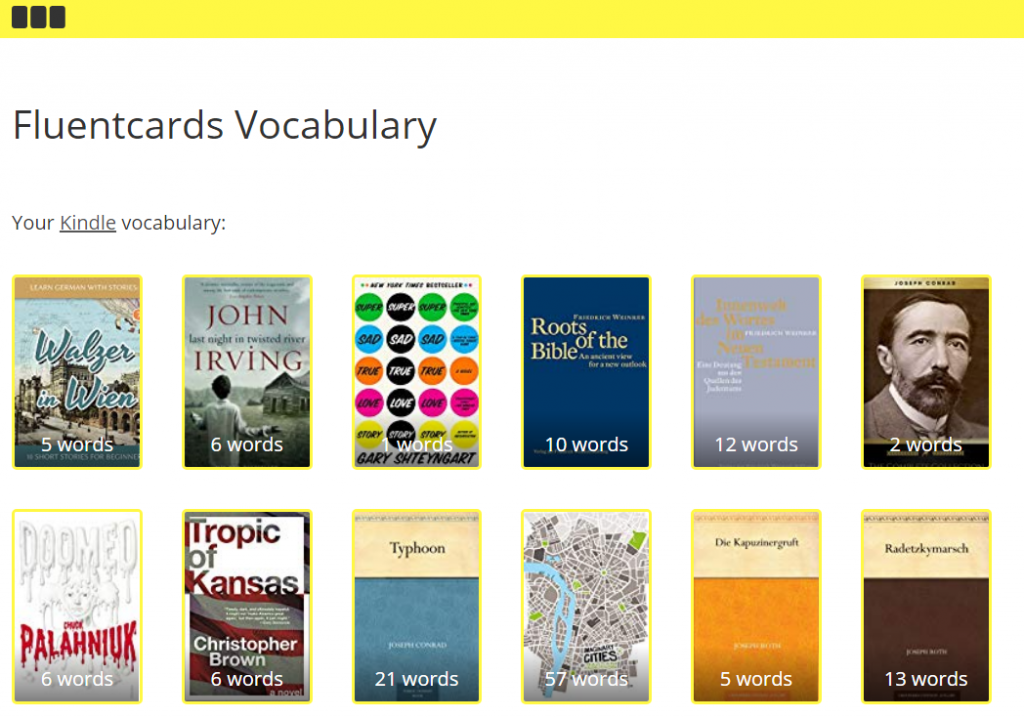
Once you click on a title you get a complete listing of all the words, their definition (translation) and context:
That’s it!
Now you can simply download this deck in ANKI or Memrise format and use it within your favorite spaced repetition app. Make sure to tick the “allow HTML in fields” while importing in ANKI.
Here’s how it looks in the ANKI app for PC, for example:
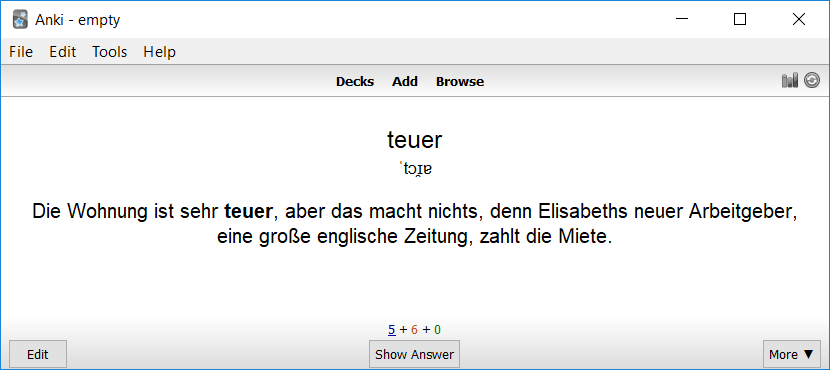
By combining the swift collection of vocabulary on your Kindle with ANKI spaced repetition, you got yourself a lean-mean-learning-machine. So far, this feature is only available on (some) physical Kindle ereading devices, but hopefully Amazon will make it available for their Kindle apps on iOS and Android at some point in the future.
–

